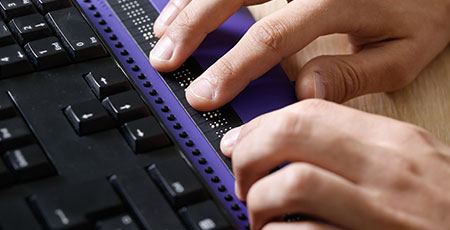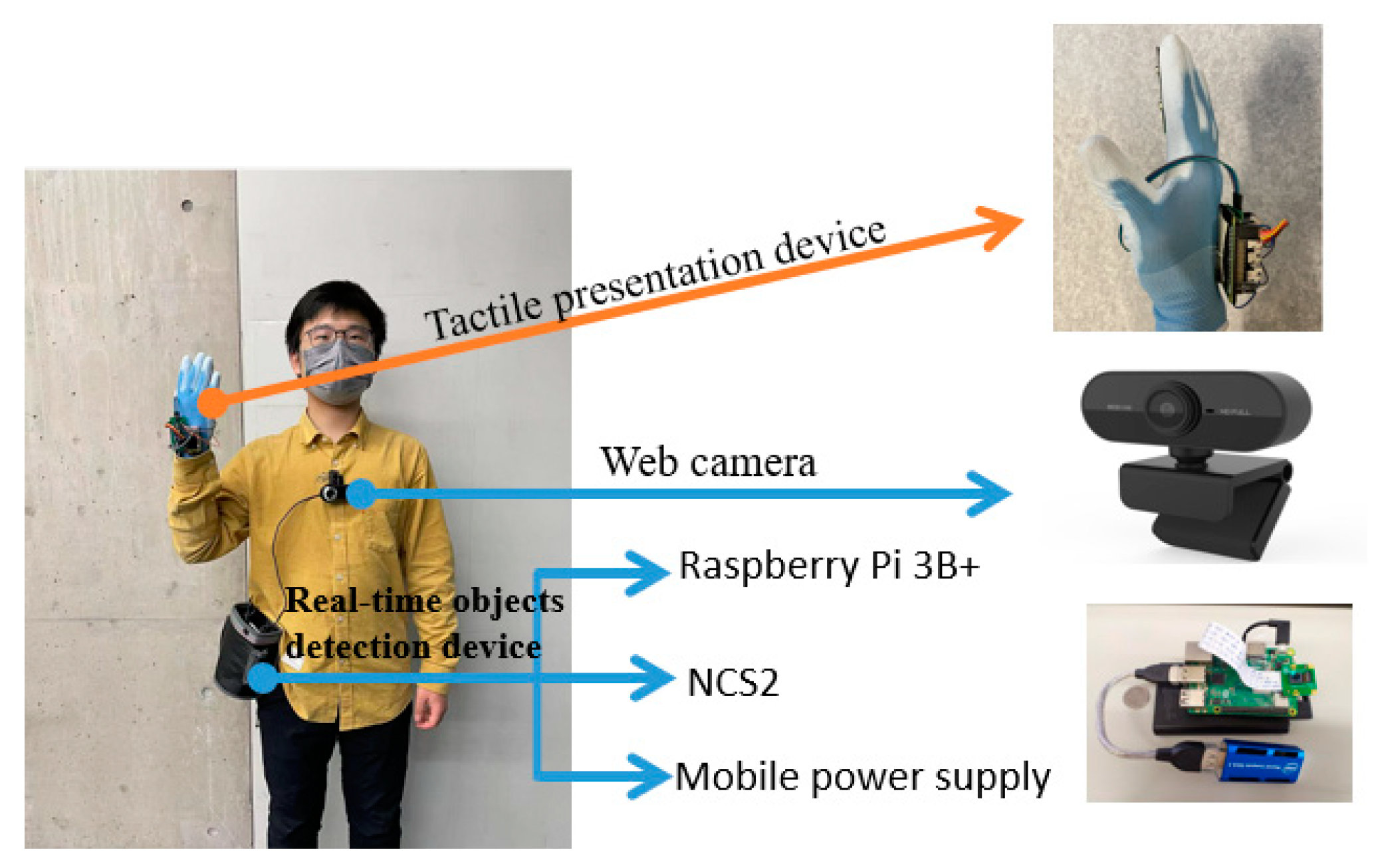Enhancing Lives With Advanced Assistive Tools for the Blind
The assimilation of sophisticated assistive devices for the blind is transforming how individuals experience their environments and communicate with their areas. What does this development mean for the future of assistive modern technology and its role in empowering people?
Summary of Assistive Gadgets
Assistive tools for the blind encompass a diverse range of devices and modern technologies made to boost self-reliance and boost the lifestyle for people with visual disabilities. These tools satisfy different requirements, from navigating and wheelchair to communication and daily job administration.
One of the primary classifications of assistive gadgets consists of wheelchair help, such as white walking sticks and guide dogs, which help customers navigate their environments safely. Electronic traveling help, geared up with sensors and audio responses, additionally play a significant function in movement improvement.
In addition, gadgets that aid with everyday living activities, such as adaptive kitchen tools, Braille tags, and talking watches, equip people to carry out tasks independently. Communication aids, including display readers and Braille displays, facilitate access to info and allow people to involve effectively with the digital globe.
Furthermore, low-tech remedies like amplifying glasses and large-print materials continue to be vital for many users. Jointly, these assistive tools offer not only as practical devices yet additionally as essential enablers of freedom, promoting greater involvement in a world that frequently focuses on sighted experiences. Their combination into life is essential for promoting inclusivity and boosting general well-being for those with visual disabilities.
Ingenious Technologies being used
Technology in modern technology has actually substantially changed the landscape of tools offered for people with aesthetic disabilities. Among one of the most remarkable improvements are clever glasses incorporated with augmented truth, which provide real-time navigating assistance and things acknowledgment. These devices take advantage of progressed cams and expert system to deliver acoustic signs, enhancing the customer's spatial recognition and freedom.
In addition, mobile applications have actually become effective resources, making it possible for customers to identify money, read message out loud, and browse unknown atmospheres through spoken guidelines. Tools such as Braille displays and refreshable Braille devices remain to evolve, using smooth connection with computer systems and smart devices, thus enhancing interaction and accessibility to info.
Wearable innovation, consisting of smartwatches furnished with voice-activated functions, further encourages users by promoting fast access to notifications and alerts without requiring aesthetic interaction. Tactile maps and 3D printing are also getting grip, supplying concrete depictions of spaces that aid in alignment and flexibility training.
Collectively, these innovative innovations not only enhance the day-to-days live of aesthetically impaired individuals but also foster better independence, inclusivity, and engagement with the more comprehensive area, thus improving perceptions of ease of access. (Screen readers for the blind)
Individual Stories of Empowerment
Empowerment usually arises from individual experiences that highlight the transformative effect of technology on individuals with visual impairments. Take, for instance, the tale of Sarah, a young artist that regained her interest for paint with the usage of a clever walking cane equipped with obstacle detection. This tool not only promoted her flexibility but instilled a newly found self-confidence, enabling her to browse public spaces individually and seek her creative endeavors.

These stories highlight the extensive results that progressed assistive devices can have on day-to-day live. By enabling individuals to conquer barriers, modern technology fosters a sense of freedom and self-respect. Such empowerment tales function as a testimony to the capacity of advancement, showing just how the right tools can significantly boost lifestyle and open doors to brand-new possibilities for those with visual disabilities.
Benefits of Advanced Solutions
Just how can advanced remedies basically boost the lives of people with visual problems? The combination of cutting-edge innovation right into assistive gadgets dramatically changes daily experiences for those impacted by vision loss. These innovative remedies provide extraordinary freedom, making it possible for users to browse their atmospheres with self-confidence. Gadgets such as wise walking sticks geared up with sensing units, navigation apps, and wearable technology are my latest blog post made to provide real-time comments, improving spatial awareness and reducing the risks connected with flexibility.
In addition, advanced assistive technologies foster social inclusion by assisting in communication and communication. Voice-activated tools and applications allow individuals to accessibility information and involve with their environments separately, damaging barriers that formerly impeded their involvement in educational, specialist, and social settings.
Furthermore, the modification and flexibility of these remedies accommodate the diverse demands of customers, thereby improving their total top quality of life. Boosted performance, such as things recognition and text-to-speech abilities, empowers individuals with aesthetic problems to do jobs that they might have once found challenging. Inevitably, progressed assistive innovations not just boost self-reliance and safety and security yet likewise advertise dignity and self-respect, enabling users to lead fulfilling lives.
Future Trends in Assistive Tech
As innovation remains to develop, the landscape of assistive devices for the blind is poised for amazing improvements that will certainly better improve accessibility and freedom. Emerging trends in assistive technology show a change toward boosted integration of expert system (AI) and artificial intelligence, making it possible for gadgets to adapt to specific user needs in real-time. These technologies are anticipated to help with more user-friendly navigation systems that can recognize barriers and offer audio feedback, dramatically boosting outdoor flexibility.
In addition, the growth of wearable tech, such as wise glasses outfitted with enhanced reality, will enable users to receive contextual information concerning their environments, thus enriching their spatial understanding. Furthermore, innovations in haptic technology pledge to produce responsive feedback gadgets, permitting customers to browse around these guys perceive info with touch, boosting discovering and interaction with their setting.
Telecommunication developments are also leading the way for remote help options, where trained professionals can supply guidance via video clip phone calls, ensuring support is conveniently accessible. As these fads unravel, the future of assistive tools for the blind will certainly cultivate greater autonomy, empowering individuals to browse their world with self-confidence and convenience.

Verdict
The assimilation of sophisticated assistive devices for the blind stands for a substantial improvement in promoting freedom and boosting top quality of life. By using ingenious modern technologies, these tools equip users to navigate their environments with greater confidence and autonomy. As the field proceeds to evolve, continuous r & d will likely generate much more innovative solutions, additionally changing the lived experiences of people with visual problems and promoting a higher sense of inclusion within culture.
The assimilation of advanced assistive gadgets for the blind is changing just how people experience their surroundings and communicate with their communities. The assimilation of cutting-edge modern technology into assistive gadgets significantly changes daily experiences for those impacted by vision loss.As innovation continues to progress, the landscape of assistive devices for the blind is poised for remarkable advancements that will better improve access and freedom. Emerging fads in assistive modern technology suggest a change towards boosted combination of man-made intelligence (AI) and device learning, enabling tools to adapt to private user needs in real-time.The integration of innovative assistive devices for the blind stands for a considerable innovation in promoting independence and boosting high quality of life.